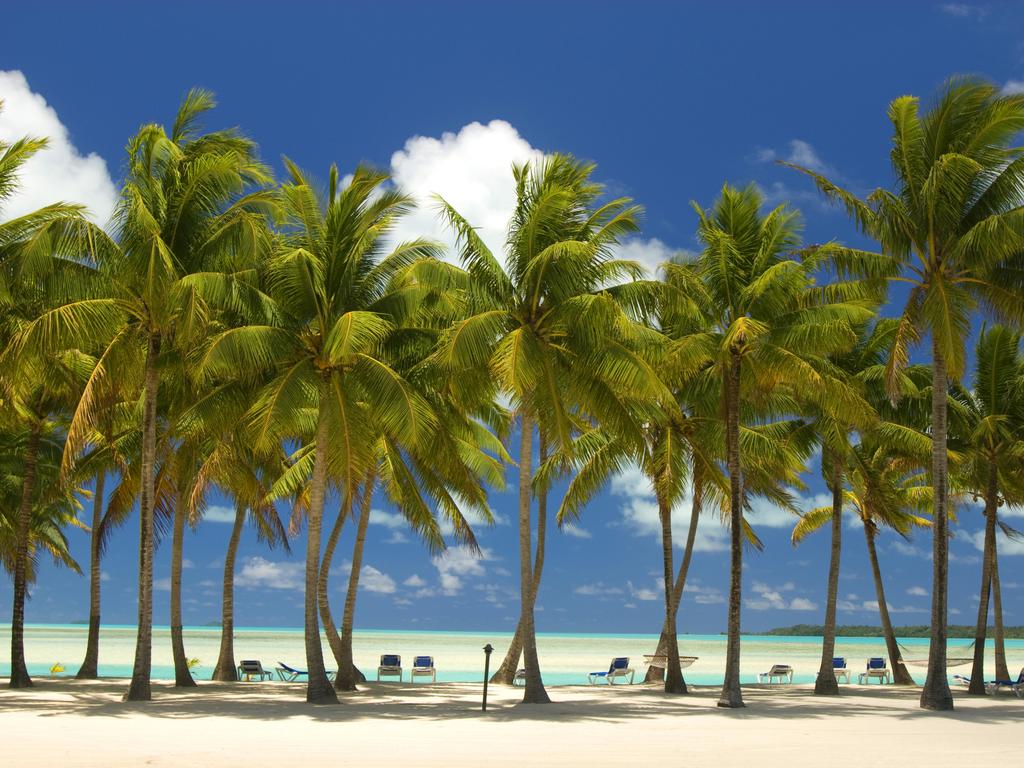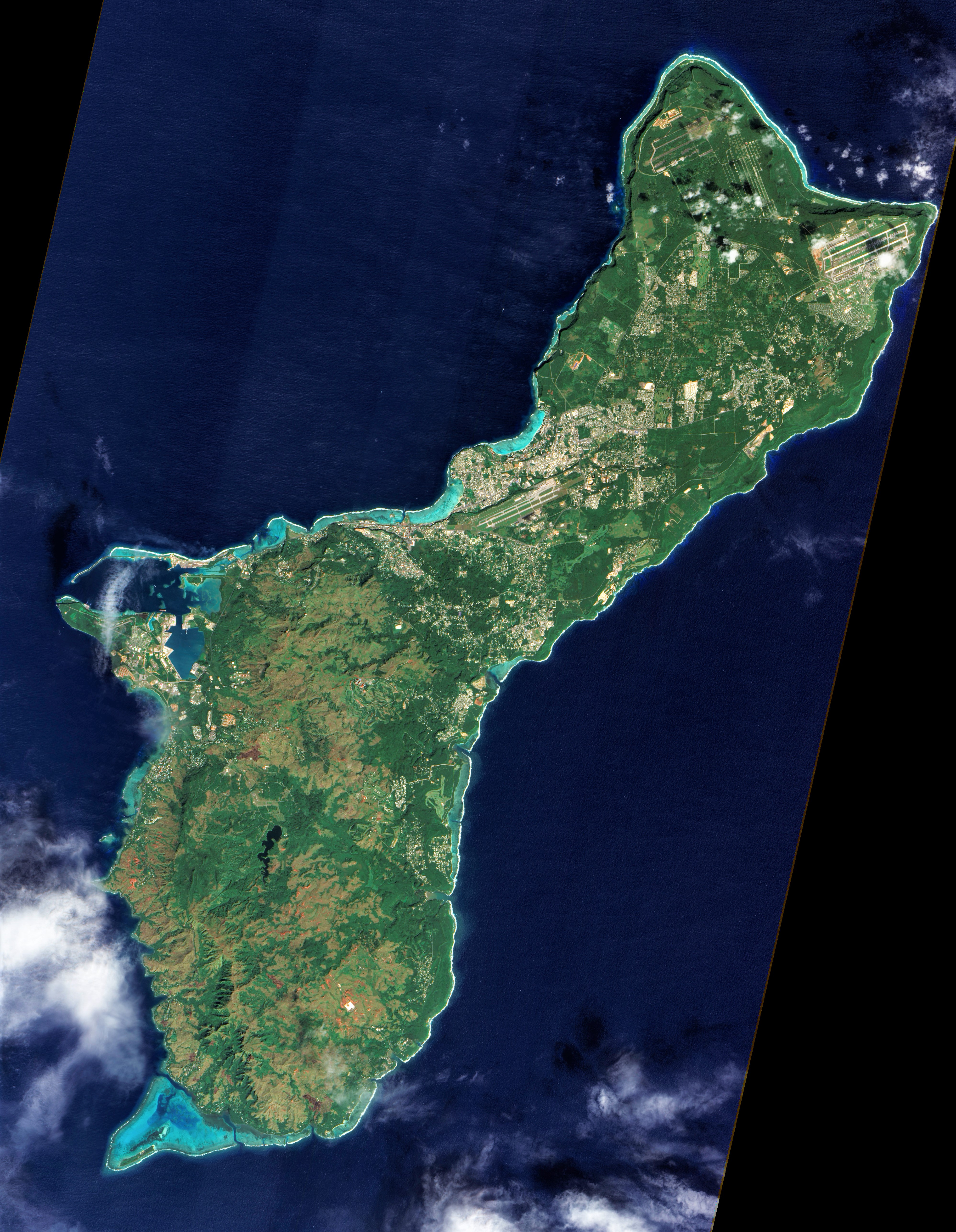The Evolution of Nationalism in Papua New Guinea
By Bianca Curtin
In the years 1945 and 1946 –following Japan’s surrender to the Allies at World War II’s conclusion– the formerly British and Australian protectorate territories of Papua and New Guinea were joined as an administrative union, thus becoming what we now know as Papua New Guinea. However, Netherlands (Western) New Guinea remained under Dutch colonial control until 1962, when the United States and UN administrative powers had them sign the New York Agreement, relinquishing the territory until a plebiscite would be held in 1969. The nationalist Indonesian government, who had argued for decades that they were the regions’ rightful successor state, ultimately conducted this vote, ironically dubbing it the Act of Free Choice. The plebiscite –demonstrated by a show of hands under military gun point, involving less than one percent of the populations eligible voter base– resulted in Papua New Guinea’s integration into Indonesia.
(Pictured: Free Papua Movement activists protesting)

The Free Papua Movement (OPM) has resisted nationalist Indonesian occupation since their establishment in 1965, both diplomatically and militarily. OPM separatists and sympathizers have been consistently attacked, imprisoned, and even charged with treason by the PNG government. Tens of thousands of migrants, driven by the nationally-enforced transmigration program of ’69, have been compelled to pledge to not engage in any and all anti-Indonesian activity.
Per the elections held in 1972, Chief Minister Michael Somare led the formation of a state ministry, simultaneously pledging to carry the nation to self-governance and independence– the former of these achieved in the December of 1973. Nearly two years later, on September 16, 1975, Papua New Guinea finally became an independent country, joining the United Nations the following month. Despite this, tensions with Indonesia prevailed. In 1986, both nations signed the bilateral Treaty of Mutual Respect, Cooperation, and Friendship– an attempt to establish the foundations of a cooperative and peaceful relationship between Papua New Guinea and Indonesia. Nevertheless, the former failed to agree to adjoined border security operations, nor did the latter commit to keeping their military from crossing said border. To this day, inter-state relations remain turbulent, at their core lying the roots of the PNGs nationalist tendencies.
(Pictured: The Morning Star Flag– the official flag of the Free Papua Movement)

Indonesia’s repeated human rights abuses, frequent subversion of Papuan political and economic activity, and overall history of subjugating the diverse peoples of Papua New Guinea, has ultimately come to foster an immense sense of common identity that fuels pan-Papuan nationalism to this day. Such is exemplified by the Special Autonomy Law of 2001– policies incorporative of various ideologically OPM-aligned notions. The Indonesian government has demonstrated great reluctance in enacting the law.









